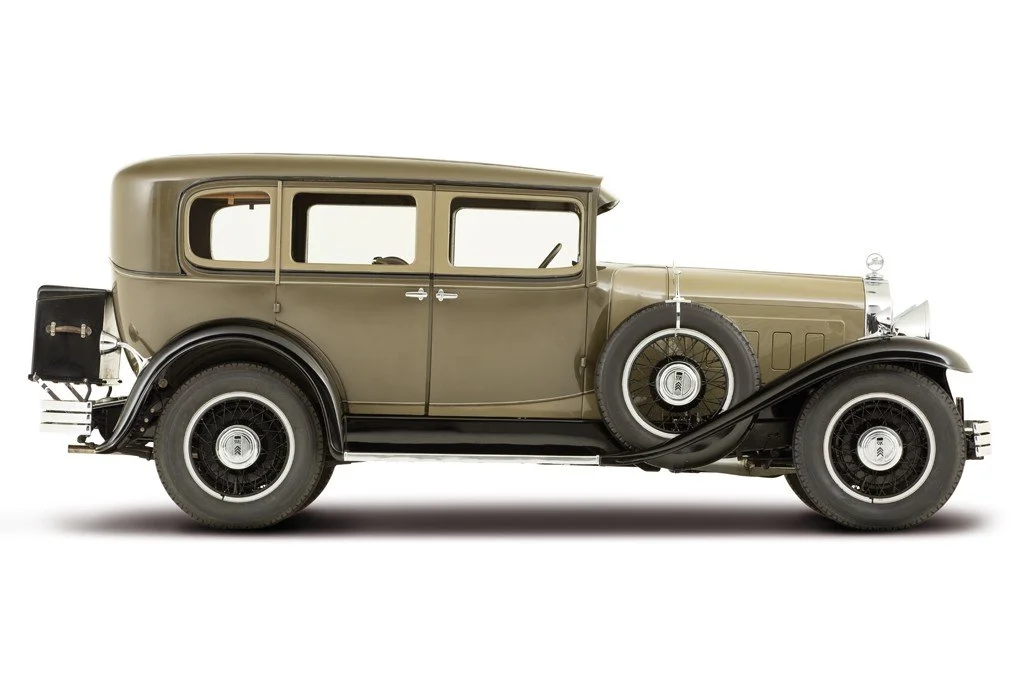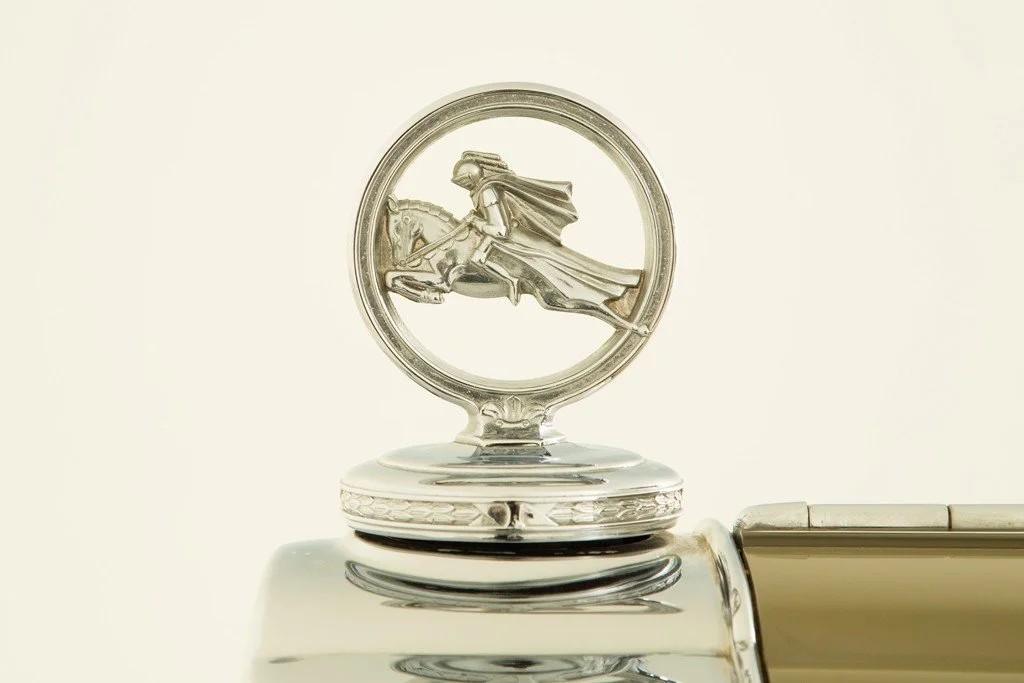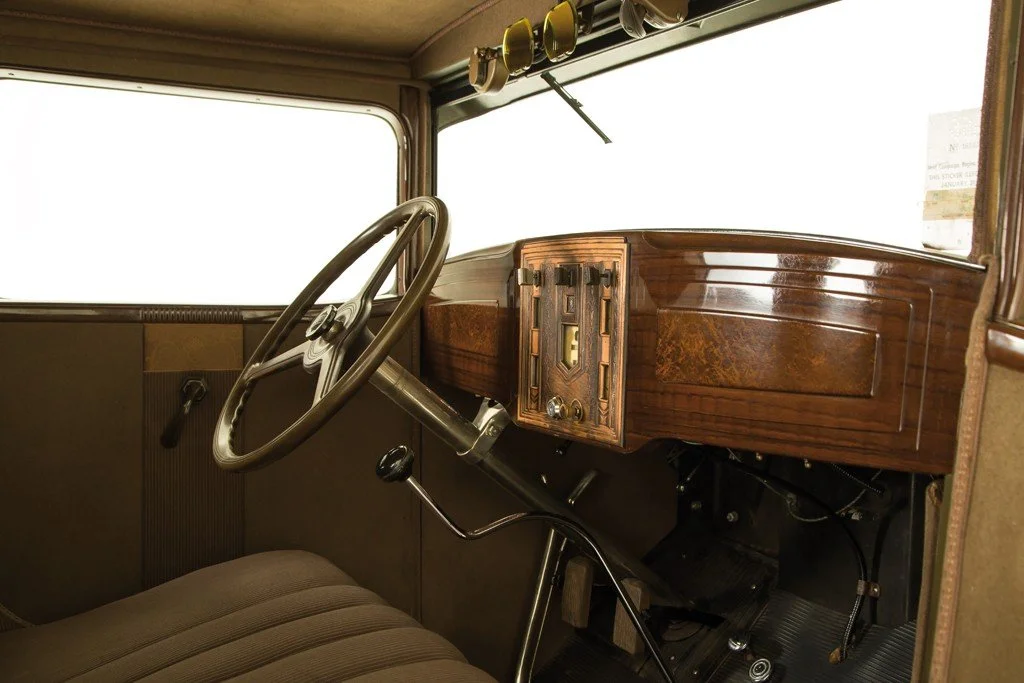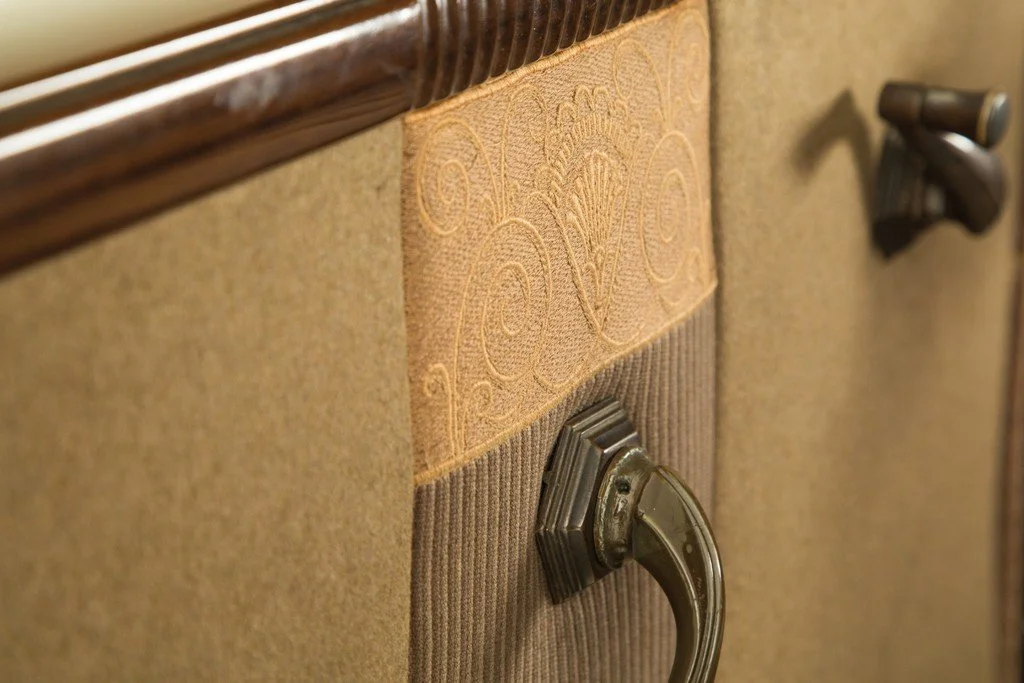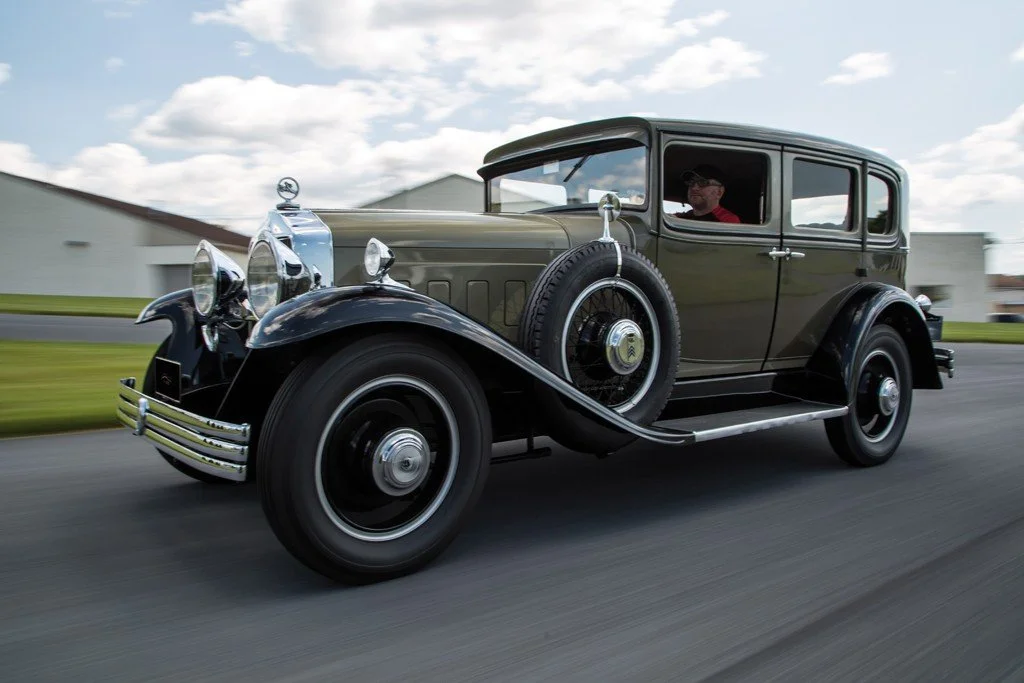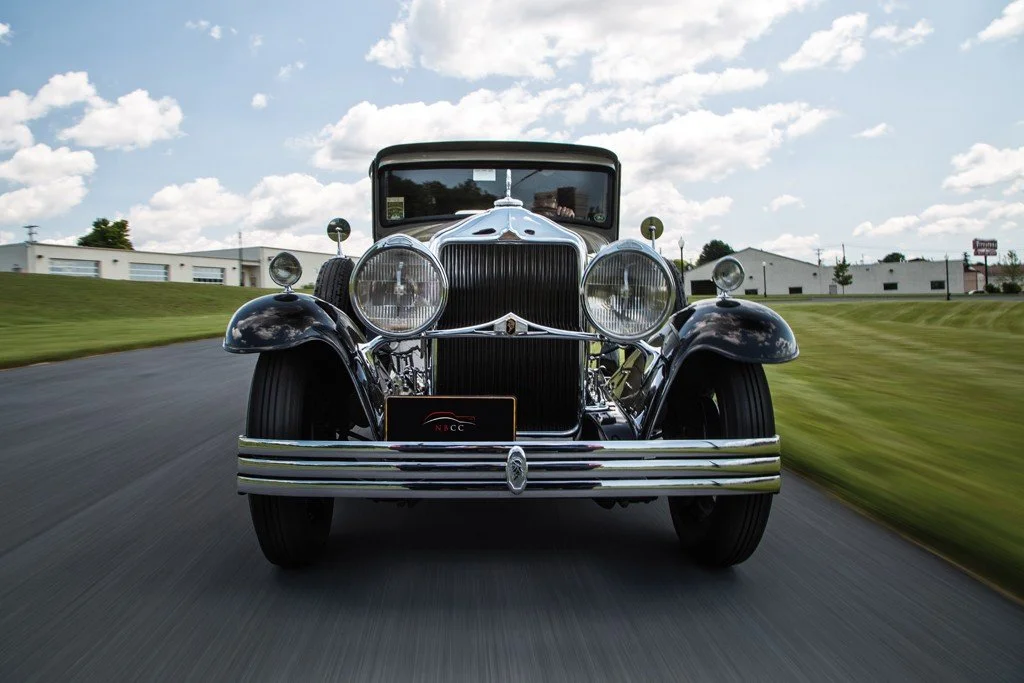-
The Willys-Knight Model 66B was introduced in 1929 as the top of the line offering. Its 255 cubic inch straight six, sleeve-valve engine produced 82 horsepower. Notable among the features of this car are variable-ratio steering, rubber engine mounts, hydraulic shock absorbers and Bijur central lubrication, all features more closely associated with more upmarket offerings.
Collection Curator Keith Flickinger, stumbled across this car in the car corral at the Fall Meet of the Antique Automobile Club of America in Hershey, PA. The car was being offered for sale by a little old man who Keith soon learned was the 90 year old original owner of the car. He purchased the car from a dealership just south of Harrisburg, PA. He felt it was time to move the car on to another care taker and Keith quickly made a deal. While the two of them sat in the back seat finalizing the transaction, the seller admitted he never sat in the back of the car and was shocked to discover a book of matches in the ashtray from the dealership where he purchased the car.
The car is completely original with the exception of the hood having been painted one time because the paint burned off from the engine exhaust crossover pipe, a common Willys-Knight problem. The car is so pristine that the ashtrays have never been used, an oddity from an era when everyone smoked. -
Company
Willys-Overland
Make
Willys-Knight
Model
66B
Body Style
Sedan , 4-door, 5-pass.
Body Manufacture
N/A
Model year
1929
Wheelbase
120 inches
Length
N/A
Engine
Inline-6, 255 cid
Horsepower
87 @ 3200 rpm
Transmission
3-speed manual
Original Base Price
$1,795
Brand Production
242,000
This Car Production
3,934 -
To understand Willy-Knight, you must travel back to the beginning of the automotive industry. Two strong willed men are the key players in this story, John North Willys and Charles Yale Knight.
The Overland Automobile Company started in 1902 and grew slowly through multiple changes of factory location and investors. As a result of the 1907 economic panic, the firm was nearly out-of-business. John North Willys, an ambitious car dealer from Elmira, New York had submitted an order for 500 Overland cars for 1907. When no word of his order was received he ventured to the factory to see what was going on. Upon seeing that there were just enough parts on hand to build three cars, he rolled up his sleeves and got to work. By 1909, Overland would produce 4,907 cars. Willys, now in control of Overland, purchased the Mairon automobile company and merged it with Overland forming Willys-Overland in 1910. By 1912, Willys-Overland was the second highest producing automobile company behind Ford.
Charles Knight was a magazine publisher serving midwest farmers and an aspiring gearhead. Knight’s first two car purchases, a 1901 Knox and 1903 Searchmont, proved very disappointing. Amongst his major complaints was the clattering noise of the engines. Internal combustion engines at the time, and still today, make use of poppet valves to control the flow of fuel and air into the engine and exhaust out. The limits of technology and metallurgy at the time meant the valves made a lot of noise and required frequent attention to keep them performing correctly.
Knight felt there must be a better way to build a 4-stroke engine so he set about doing research and tinkering. By 1905, he had patented a new design and secured backing to build a prototype car which appeared in 1906. Knight's breakthrough was replacing the poppet valves with sleeves that moved up and down the cylinder walls opening and closing passageways in the engine for the fuel-air and exhaust gasses to move about. This created a quieter engine that required less maintenance although this arrangement tended to make the engine produce more smokey exhaust and it was certainly more expensive to produce.
Knight was aware that many inventors never actually got to profit from their inventions, so he set about to license his patent to other companies. His stipulation was that they must add the Knight name to the car. At first, only European manufacturers were interested, most notably Daimler in Great Britain. As word spread in the industry, American companies began to license the design. John Willys first encountered the engine while traveling in Great Britain and he immediately thought this was something he could sell.
Willys learned that the Edward-Knight Automobile company was failing and could be bought, which he did to gain their patent rights. By 1914, the new Willys-Knight was the world's best selling Knight sleeve-valve engine car.
The Willys-Knight was a good performing, reliable car with low engine noise and attractive styling aimed at the middle part of the market. The combination of Overland cars in the low price range and Willys-Knight cars in the mid market, the company would remain a sales and production juggernaut consistently ranked in the top four car companies in the US through 1929. Sadly, the Great Depression provided a crushing blow to the company as it did to so many others. From a total of 242,000 cars produced in 1929, good enough for 4th place in the industry, they dropped out of the top 10 by 1933 when the Overland name and brand was dropped. Willys would remain a bit player until war contracts came along in 1942. Today the remnants of the company survives as Jeep.




